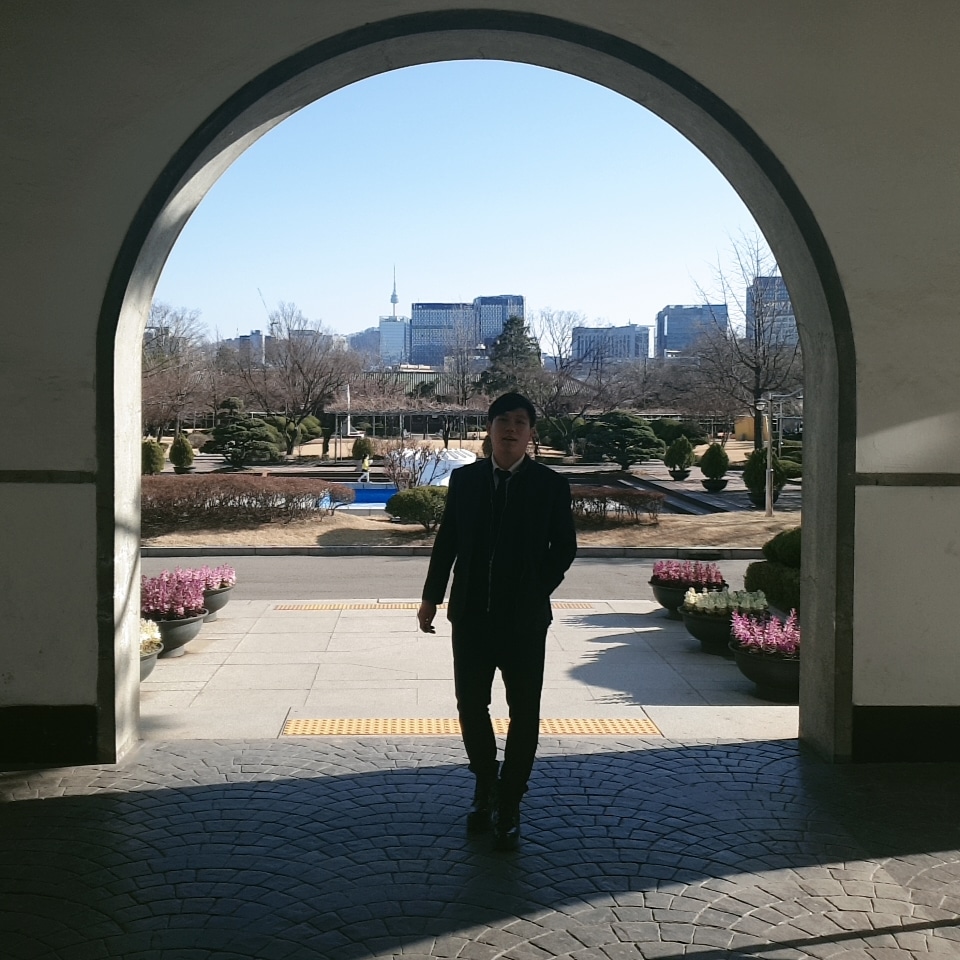Attribute of Video and reference pixel value
Attribute of Video and reference pixel value
1. Open CV express the video data to use numpy.ndarray
| import cv2 img1 = cv2.imread(‘cat.bmp’,cv2.IMREAD_GRAYSCALE) img2 = cv2.imread(‘cat.bmp’,cv2.IMREAD_COLOR) |
- ndim : the number of dimension. = len(img.shape)
- shape : the size of each dimension. * Grayscale = (h,w), Colorscale = (h,w,3)
- size : Total number of elements
- dytp : Data type of elements. ex) Video data is uint8
2. OpenCV data type and Numpy data type
| cv.CV_8U | numpy.unint8 | 8-bit unsigned integer |
| cv.CV_16S | numpy.int16 | 16-bit signed integer |
| cv.CV_32F | numpy.float32 | 32-bit floating point |
- Grayscale Video : cv2.CV_8UC1 -> numpy.uint8, shape = (h,w)
- Colorscale Video : cv2.CV_8UC1 -> numpy.uint8, shape = (h,w,3)
3. Mask Operation and ROI
- ROI
- Region of Interest
- Specific region that could special operation in the video.
- Mask Operation
- OpenCV support ROI operaion to some of function when it do the mask Video should be converted.
- Generally, Mask video is used through the binary image ,which is composed of 0 or 255.
- Pixel value copy function supporting mask operation.
cv2.copyTo(src,maks,dst=None) -> dst
- src : input video
- mask : mask video
- sdt : output layer




Leave a comment